Maybe you are proud to count all the different liquors you have drunk before ranging from tequila and mezcal from Mexico, vodka from Russia or Poland, sherry from Spain, to champagne from France and sake from Japan, but if you have been living in Guangdong for quite some years now and have yet to get familiar with local liquor situation then you are missing out.
Guangdong is in fact one of the cradles of alcohol culture in China and is home to many special liquors. So to help you get up to speed on the what's what in local liquor, here's a short but comprehensive list of liquors from Guangdong.
Hakka Mother Wine
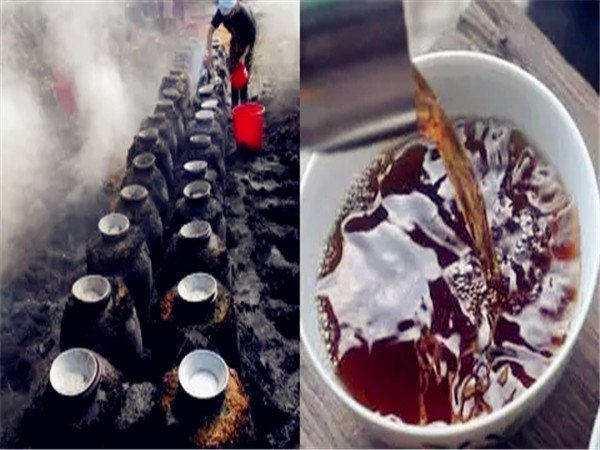
Hakka Mother Wine, also known as "Hakka Niang Wine" and “Hakka Yellow Rice Wine,” is a type of rice wine. The name "Mother Wine" comes from the fact that this liquor is mainly produced domestically by Hakka women. It is mainly found in the Hakka city of Meizhou, Guangdong.
For a lot of Hakkas drinking is a very common part of life, whether for seniors or the young. In some Hakka areas, people even drink wine in place of tea in the summer, not to mention festivals and ceremonies when people drink wine to liven up the atmosphere.
Almost every Hakka household makes their own Hakka Mother Wine and basically everyone drinks it, which is a unique phenomenon in Hakka villages. Hakka Mother Wine is made from glutinous rice, which easily grows in these places and is quite cheap to grow. On top of that, the distilling process is quite simple, so almost every Hakka woman knows how to make it.
Featuring a reddish-brown color, the wine has a unique sweet, mellow and rich flavor and a wonderful aroma. New mothers in Hakka areas are often encouraged to drink it during the first month after they give birth for the wine is said to help with recovery in the postpartum period.
Shiwan Rice Wine
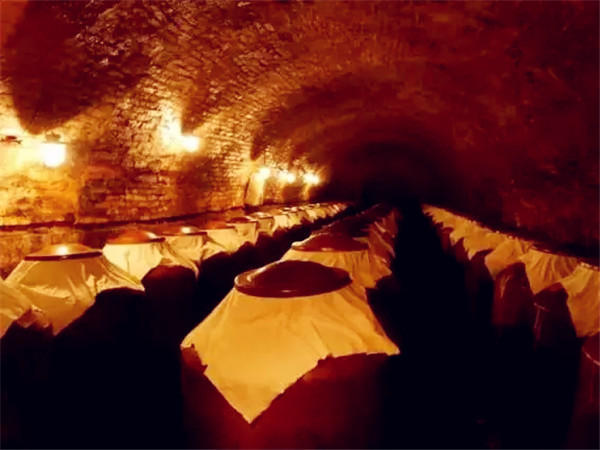
The tagline “Shiwan Rice Wine, drink it whenever you want” was once known in every household. One of the specialties of Foshan, Shiwan Rice Wine features a pure, unique flavor with a mellow and refreshing aftertaste. One of the earliest exported rice wines, it is favored by rice wine consumers around the world.
Yubingshao Baijiu
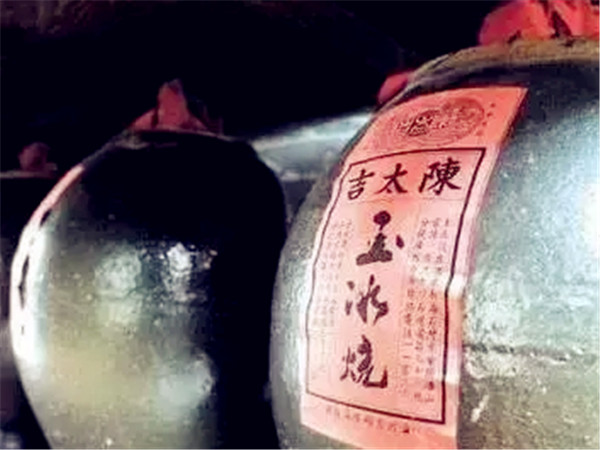
Shiwan Yubingshao Baijiu was born in Chancheng District of Foshan. Its distilling process was invented by Chen Ruyue, a member of the Imperial Academy and the third successor of Chen Taiji Chateau which was built in 1830. The process has been passed down from generation to generation without any break in the line.
The Shiwan Yubingshao distilling process was based on the original rice wine making process with the addition of fatty meat, leading to its original name of “Roubingshao" ("rou" means meat). However, because "rou" sounds the same as "yu" (jade) in Cantonese, the name of the alcohol was changed to “Yubingshao” as "rou" doesn’t sound altogether too elegant.
Shiwan Yubinghshao is the only representative product of the chi-flavor of Chinese spirits. Its distilling process was included in the second batch of the municipal non-material cultural heritage protection list of Foshan in March 2009 and the provincial non-material cultural heritage protection list in October.
Jiujiang Double Distilled Liquor
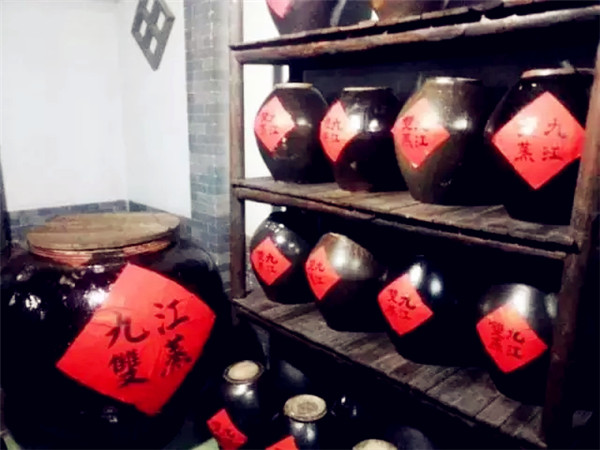
Jiujiang Double Distilled Liquor dates back to the early years of the reign of Emperor Daoguang of the Qing Dynasty (1644-1912) and enjoys a history of nearly 200 years. The baijiu, nicknamed “the Marlboro of liquor,” is well-known in the areas around the South China Sea.
Changleshao Rice Wine
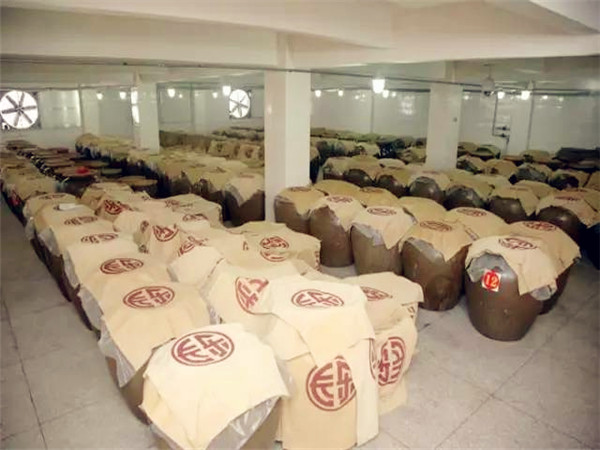
Reputed as the “vintage wine of South Guangdong” and “Hakka nectar,” Changleshao Rice Wine is a traditional product from Wuhua County, originally called Changle County. Its distilling method harks back to the Jin Dynasty (266-420), but was perfected during the Ming and Qing dynasties (1368-1840) and got its name during the reign of Emperor Shenzong (1071).
The main ingredient of Changleshao Rice Wine is fresh brown rice. A home-made yeast cake is used during fermentation stage along with quality spring water taken from 130 meters beneath Daimao Mountain.
The rice wine is known for its unique honey-like flavor and smooth and rich taste.
Wuchuan Meiluye Baijiu
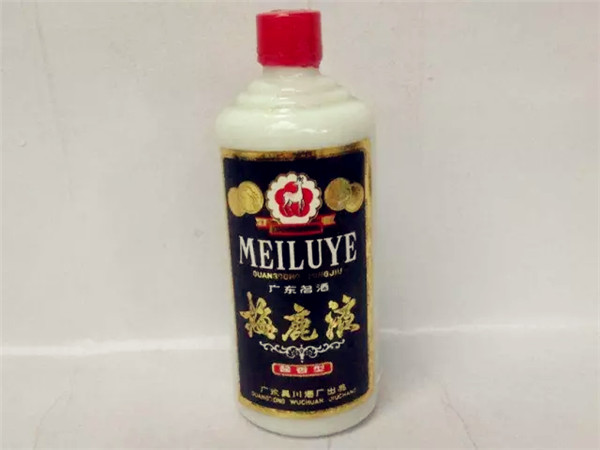
Meiluye from Wuchuan is nicknamed the “Guangdong Maotai” for it features a similar fragrant taste while having its own lasting aroma. It is clear and transparent in color and a bit sweet in taste.
It has won many awards and titles including a gold award at the first China Food Exposition in 1998 and the title of “quality product” of Guangdong Province in 1989.
Qingyuan Feixiaye Baijiu
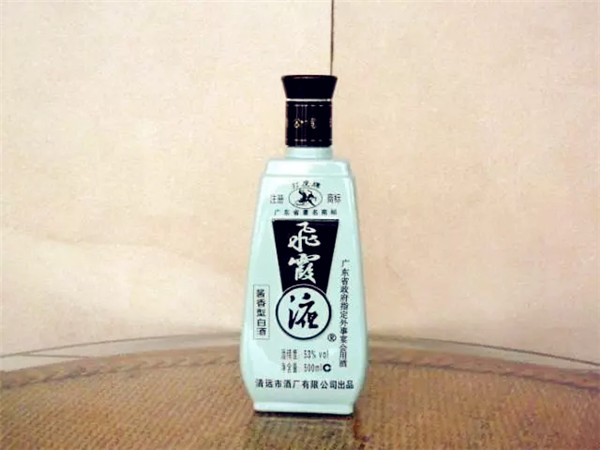
Feixiaye is made using red sorghum, Damo spring water and a distilling technique that has been passed down from generation to generation. It is stored in a hundred-year-old cellar for dozens of years to allow the flavors to fully mature before they bring the product to market.






